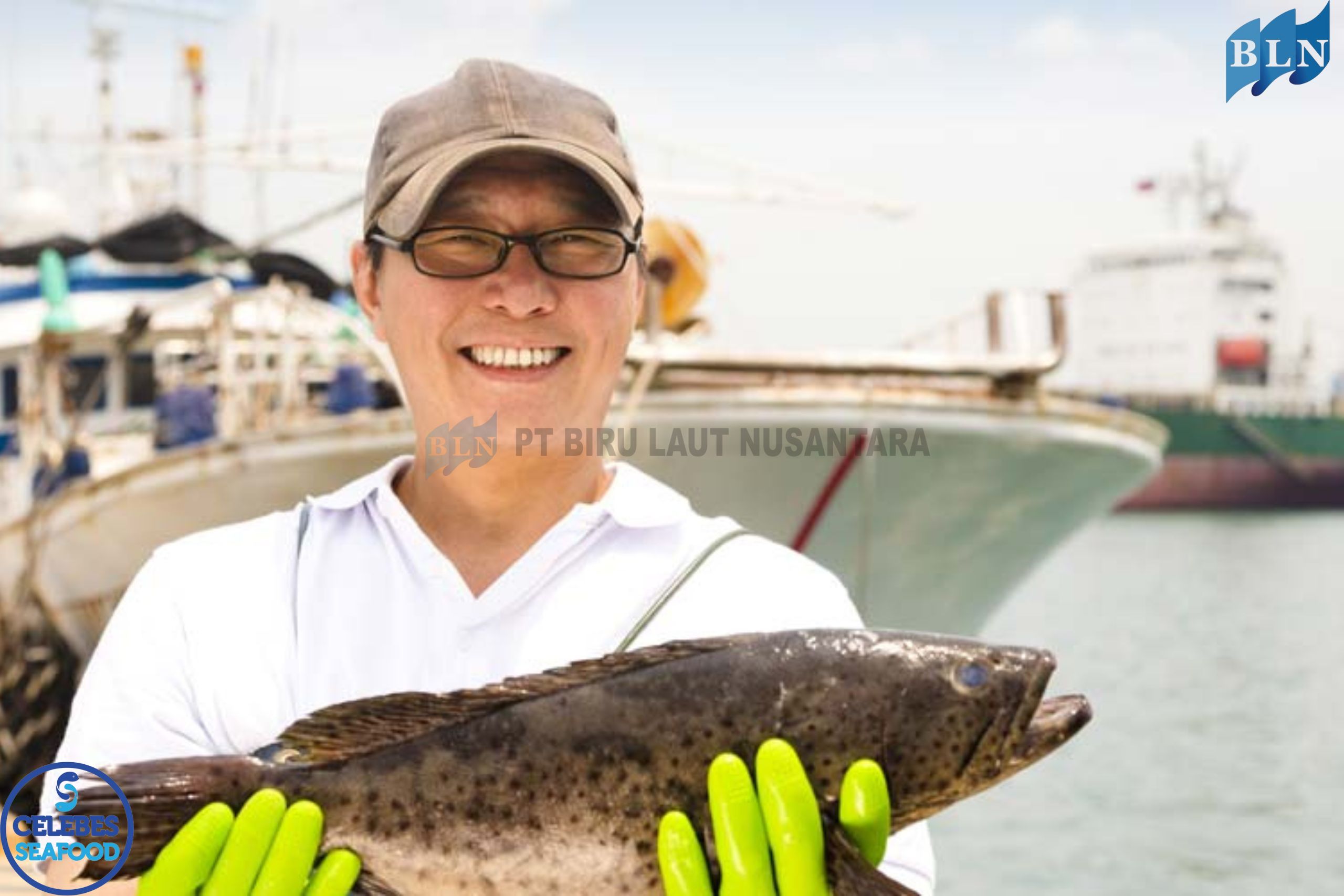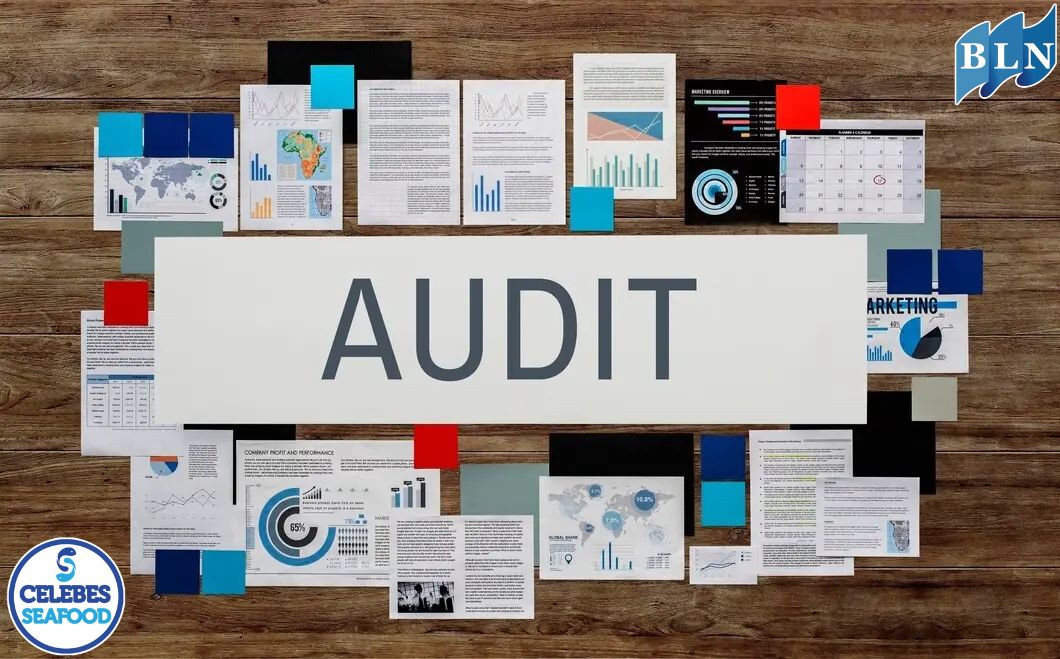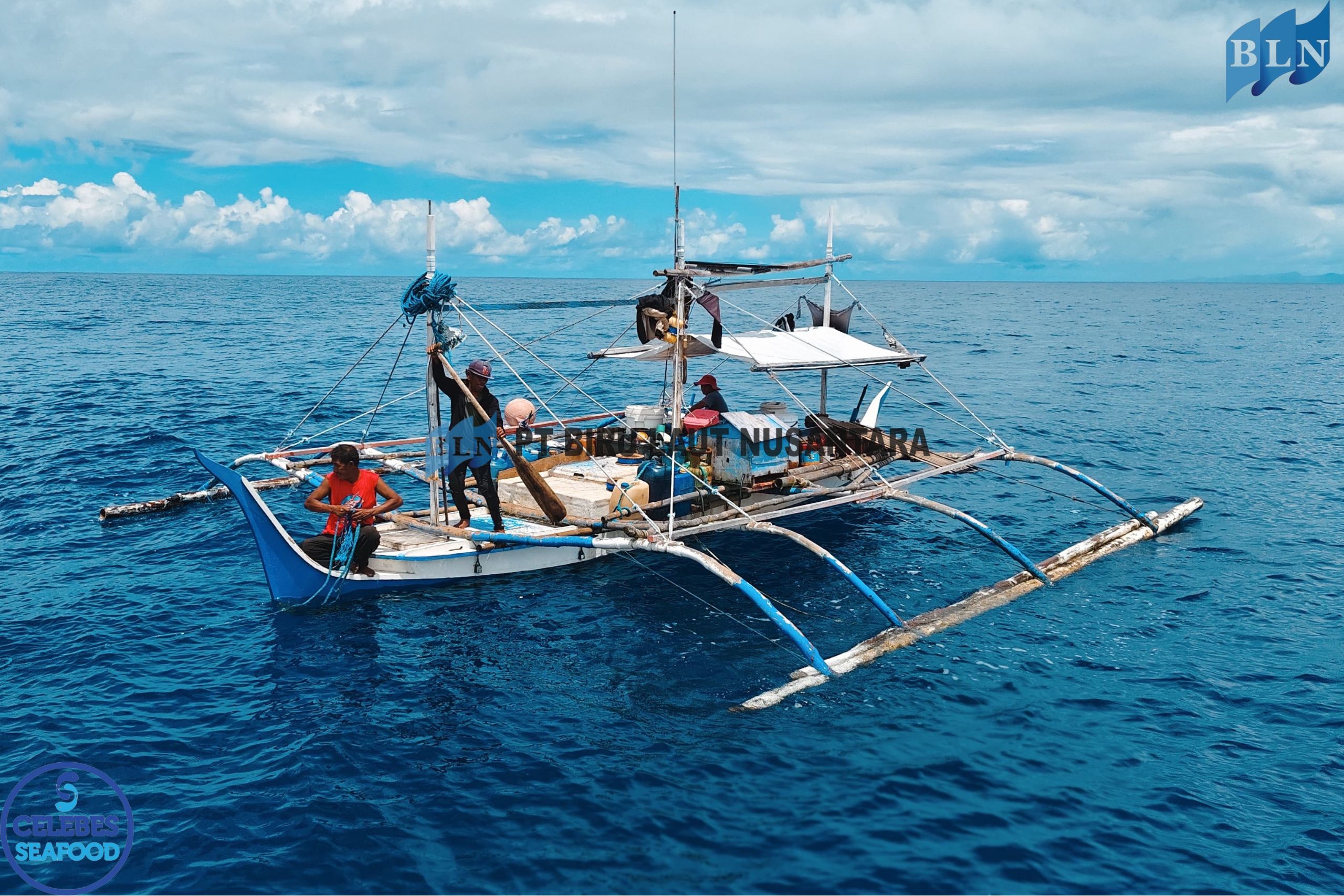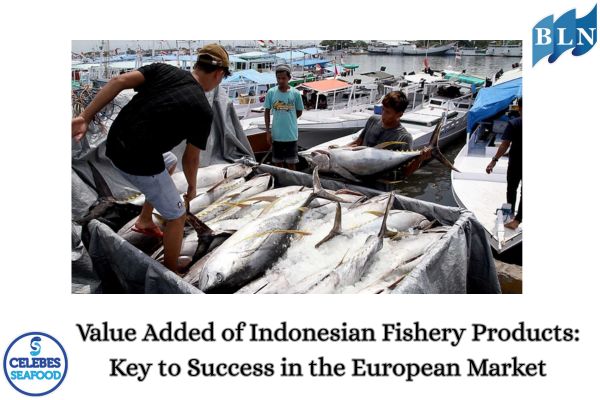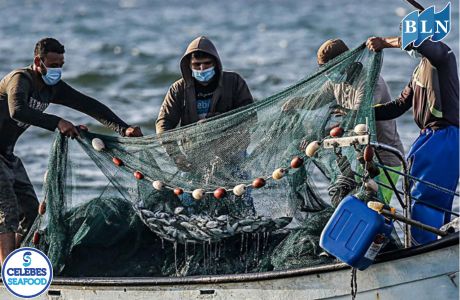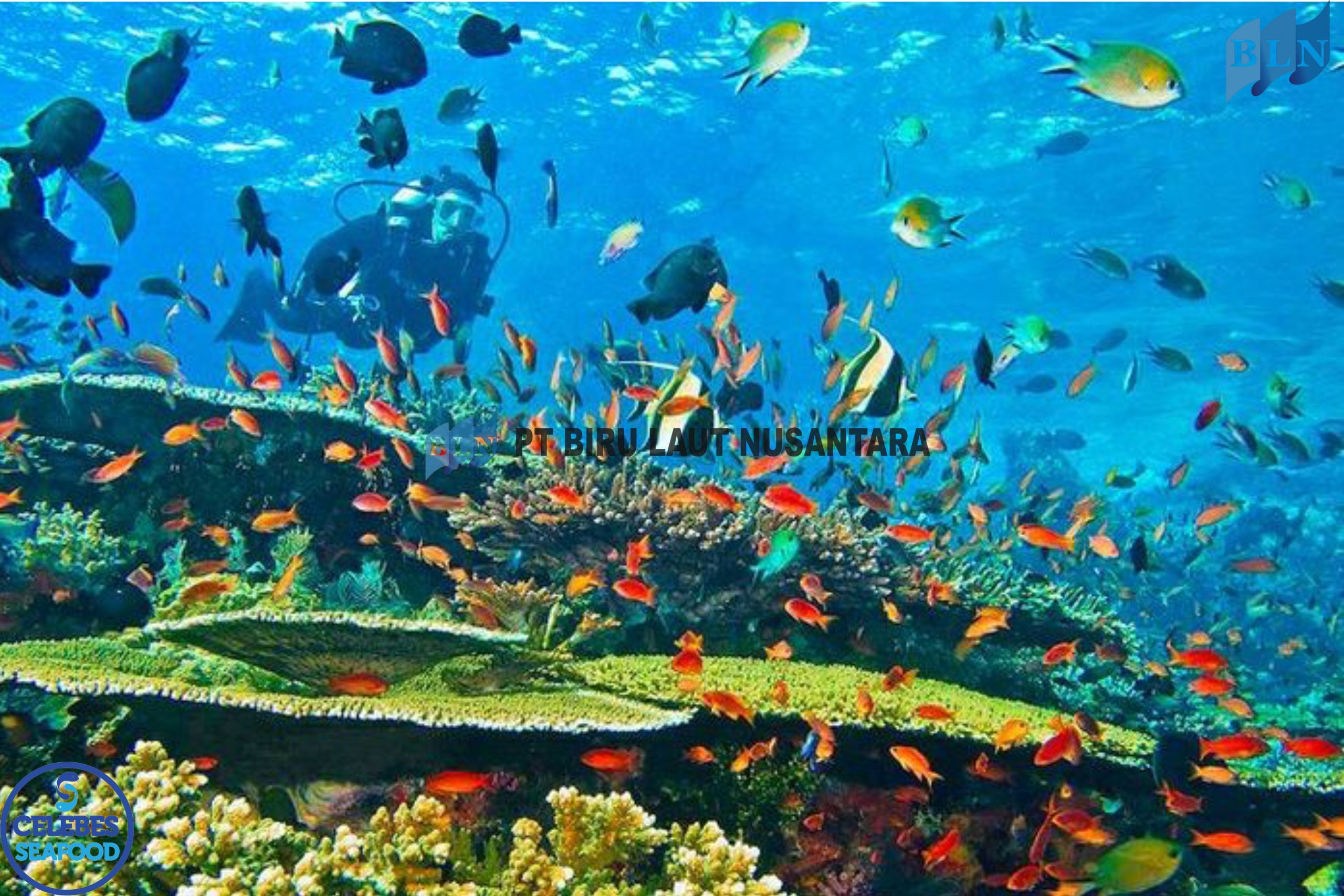Disease Management in Fish Farming
By. Nevanda - 16 Oct 2023
lautnusantara.com - Disease control in fish farming is essential to ensure optimal fish growth and health. Some of the prevention and control measures that you can implement in your fish aquaculture activities involve:
1. Water Quality
Ensure that the water in your pond or fish farming container is of good quality. This involves monitoring temperature, pH, dissolved oxygen, and ammonia. Equip the pond with adequate circulation and aeration systems to maintain sufficient dissolved oxygen levels.
2. Selection of Healthy Seeds
Make sure the seeds you buy or use are healthy and free from diseases.
3. Quarantine
Before putting the seeds into the main pond, quarantine the seeds in a separate pond with treatment and health checks for a few weeks to ensure they are free from diseases.
Read also: The Best Fish for Maintaining Heart Health
4. Filtration System
Use an efficient filtration system to remove potentially pathogenic particles from the water.
5. Balanced Nutrition
Feed fish with balanced nutrition according to the needs of the fish species you are cultivating. Unbalanced nutrition can weaken the fish's immune system.
6. Sanitize
Routinely clean the pond and fish farming facilities. Remove leftover feed and fish waste regularly.
7. Routine Monitoring
Observe fish regularly for signs of disease such as discoloration, lesions, or abnormal behavior.
Read also: The Remarkable Range of Atlantic Mackerel Distribution
8. Isolation
If any fish appear sick, immediately isolate them in a separate pond or container to prevent the spread of disease to other fish.
9. Vaccination
For some fish species that are susceptible to certain diseases, vaccination may be an option to prevent disease.
10. Treatment
If diseases appear, consult a fisheries expert immediately for proper diagnosis and treatment.
Disease control in fish farming requires an in-depth understanding of the type of fish you are farming, the diseases that can affect them, and good husbandry practices. Consult an experienced fish farmer or fisheries expert for more specific guidance according to your fish species and farming conditions.
Read also: The Vital Role of Seagrass in the Fishing Industry

